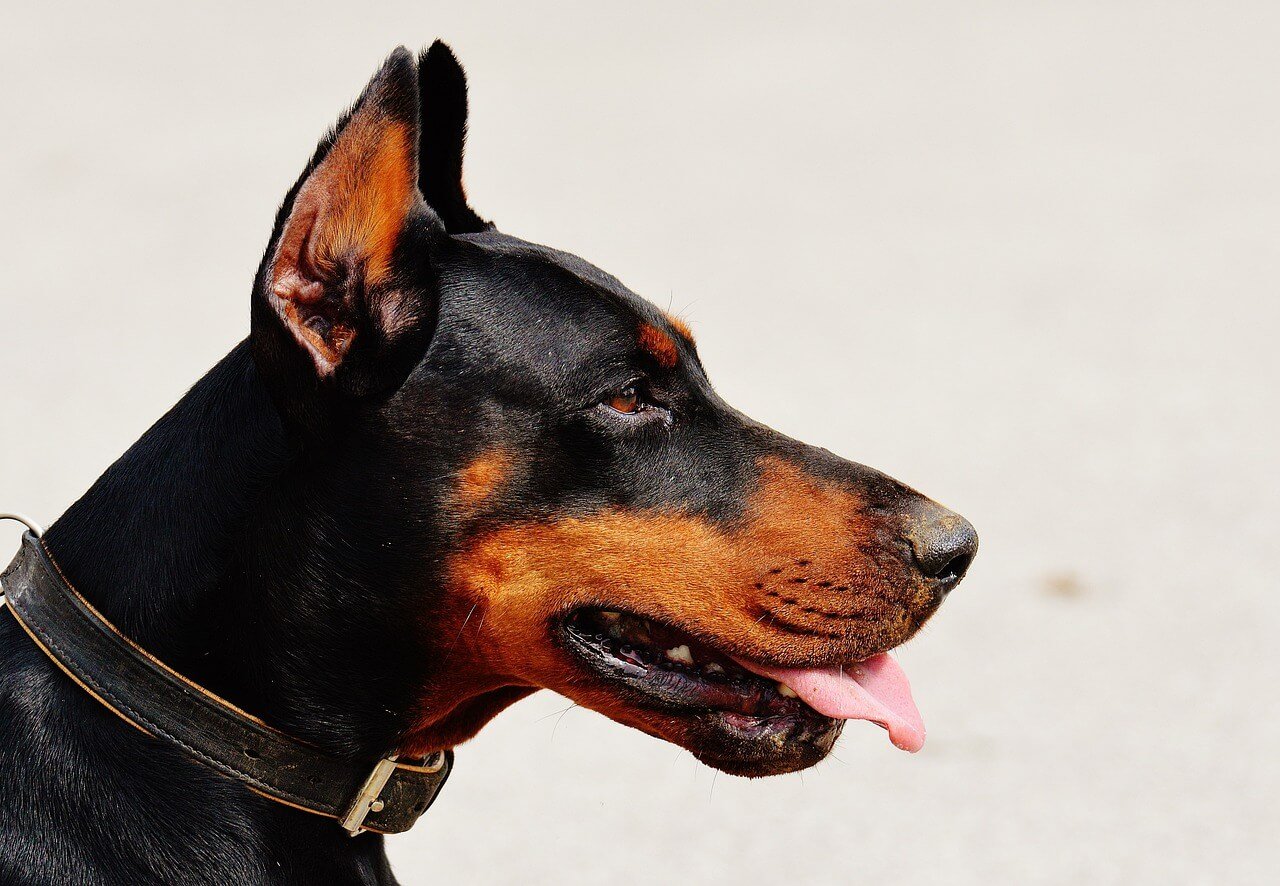When Can Dogs Have Puppies? A Guide for Responsible Pet Owners
If you’ve ever wondered, “When can dogs have puppies?” you’re not alone. Many dog owners, especially first-time pet parents, are curious about the reproductive capabilities of their furry friends. Understanding when a dog can have puppies is essential for ensuring their health and well-being, whether you’re considering breeding or simply want to be informed. Female dogs reach sexual maturity at different ages depending on factors like breed, size, and individual development.
In this blog post, we’ll explore everything you need to know about when dogs can have puppies, how to care for them during pregnancy, and what to consider before deciding to breed your dog. Let’s dive in and uncover the facts to help you make responsible and informed decisions.
Signs Your Dog May Be Ready to Have Puppies
Knowing when your dog is physically and emotionally ready to have puppies is crucial for ensuring a safe and healthy pregnancy. While age is a primary factor, there are other signs that indicate your dog may be capable of reproduction. Here are some key indicators to look out for:
Your dog has reached sexual maturity, typically between 6 and 18 months old
She exhibits behavioral changes such as restlessness or increased affection
She enters her first heat cycle, marked by vaginal bleeding and swelling
Male dogs show heightened interest in her during walks or social interactions
She displays nesting behaviors, such as digging or seeking secluded spaces
It’s important to note that just because a dog can have puppies doesn’t mean she should . Breeding should always be approached with careful consideration of the dog’s health and readiness.
Factors That Influence When Dogs Can Have Puppies
Several factors determine when a dog is capable of having puppies, and understanding these variables can help you better assess your dog’s reproductive timeline. Breed, size, and overall health play significant roles in determining the ideal age for breeding. Below are some key factors to consider:
Breed: Smaller breeds tend to mature faster, often reaching sexual maturity by 6-9 months
Size: Larger breeds may take up to 18 months to fully mature physically
Health: Underlying medical conditions can delay or prevent safe breeding
Nutrition: Proper diet and nutrition are critical for supporting reproductive health
Environment: Stressful living conditions can impact hormonal balance and delay maturity
Each dog is unique, and these factors can vary significantly. Consulting a veterinarian is always recommended to ensure your dog is ready for pregnancy.
Check this guide 👉How to Tell If a Dog Has Had Puppies: Best 7 Expert Tips!
Check this guide 👉Chew Bones for Puppies: Best 7 Expert Tips!

Age Ranges for Breeding | Considerations Before Breeding |
|---|---|
Small breeds: 12-18 months | Ensure the dog is physically mature |
Medium breeds: 15-20 months | Confirm the dog is mentally ready |
Large breeds: 18-24 months | Check for any underlying health issues |
Giant breeds: 20-24 months | Provide proper nutrition and care |
Mixed breeds: Varies widely | Avoid breeding too early or too late |
How to Care for a Pregnant Dog
Once your dog becomes pregnant, it’s essential to provide her with the care and attention she needs to ensure a healthy pregnancy and delivery. Proper care involves adjustments to her routine, diet, and environment. Here are some tips to guide you through this process:
Schedule regular vet check-ups to monitor the pregnancy
Feed her a high-quality, nutrient-rich diet to support fetal development
Provide a quiet, comfortable space for her to rest and prepare for labor
Limit strenuous exercise but encourage gentle walks to maintain fitness
Familiarize yourself with signs of labor, such as nesting or panting
Caring for a pregnant dog requires patience and dedication, but the rewards of welcoming healthy puppies into the world are well worth the effort.
What to Consider Before Breeding Your Dog
Breeding dogs is a significant responsibility that should never be taken lightly. It’s essential to weigh the pros and cons and ensure you’re prepared for the commitment involved. Here are some important factors to consider before deciding to breed your dog:
Understand the financial costs, including veterinary care and supplies
Research potential genetic health risks associated with your dog’s breed
Ensure you have a plan for finding responsible homes for the puppies
Evaluate whether your dog has a stable temperament suitable for motherhood
Consider spaying or neutering if breeding isn’t in your dog’s best interest
Breeding should only be pursued if you’re confident in your ability to prioritize the health and well-being of both the mother and her puppies.
Common Misconceptions About Dog Breeding
There are many myths and misconceptions surrounding dog breeding that can lead to poor decisions. Understanding the truth behind these common beliefs is essential for responsible pet ownership. Here are some misconceptions you should be aware of:
Myth: All dogs should have at least one litter before being spayed.
Fact: Spaying before pregnancy reduces the risk of certain cancers and health issues.
Myth: Breeding is an easy way to make money.
Fact: The costs of breeding, including vet care and supplies, often outweigh potential profits.
Myth: Dogs can safely breed during every heat cycle.
Fact: Breeding too frequently can harm the mother’s health and reduce puppy quality.
By debunking these myths, you can make informed decisions about whether breeding is truly the right choice for your dog. Knowledge is power when it comes to responsible pet care.
Preparing Your Home for Puppies
If your dog is expecting puppies, preparing your home in advance is crucial for ensuring a smooth transition. A well-prepared environment will keep both the mother and her puppies safe and comfortable. Here are some steps to take:
Set up a whelping box in a quiet, low-traffic area of your home
Line the box with soft, washable bedding to keep the puppies warm
Keep emergency supplies like clean towels and gloves nearby
Puppy-proof the area by removing hazardous objects or chemicals
Install baby gates to create a safe space for the mother and her pups
Preparing your home ahead of time ensures you’re ready for any situation that may arise. A little effort goes a long way in creating a nurturing environment for the new family.
Post-Pregnancy Care for the Mother
After giving birth, your dog will need extra care and attention to recover fully. Proper post-pregnancy care ensures she remains healthy and able to care for her puppies. Here are some tips to help her through this critical period:
Provide nutrient-rich food to replenish her energy and support milk production
Monitor her for signs of infection, such as fever or discharge
Ensure she has access to fresh water at all times
Allow her plenty of rest while still encouraging light activity
Schedule a postnatal check-up with your veterinarian
Taking care of your dog after pregnancy is just as important as preparing her beforehand. By prioritizing her recovery, you’ll ensure she stays strong and healthy for her puppies.
FAQ
How young is too young for a dog to have puppies?
Breeding a dog younger than 12 months is generally considered too early, as her body may not be fully developed.
Can older dogs still have puppies?
Yes, but breeding after the age of 5-7 years can pose health risks for both the mother and the puppies.
How many litters can a dog safely have?
Most experts recommend limiting breeding to 2-3 litters per dog to avoid overtaxing her body.
Is it safe for a dog to have puppies during every heat cycle?
No, it’s recommended to allow at least one heat cycle between pregnancies to give her body time to recover.
What are the signs of a dog going into labor?
Signs include restlessness, panting, nesting behavior, and a drop in body temperature.
Conclusion: Responsible Breeding Starts With Knowledge
Understanding when dogs can have puppies is just the first step in being a responsible pet owner. From recognizing the signs of readiness to providing proper care during pregnancy, every decision you make impacts the health and happiness of your dog and her future puppies. Breeding should always be approached with caution, preparation, and a commitment to ethical practices. If you’re unsure whether breeding is right for your dog, consult a veterinarian for guidance. By prioritizing your dog’s well-being, you’ll ensure she leads a long, healthy, and fulfilling life—whether or not she becomes a mother.
What to Feed a Dog After Vomiting: Best 7 Expert Tips! Discover safe foods, recovery steps, and expert advice to help your dog feel better quickly and avoid further upset.
Trazodone Dog Overdose Symptoms: Best 7 Expert Tips! Discover critical advice on identifying, preventing, and responding to trazodone overdose in dogs for their safety and well-being.
Levothyroxine for Dogs: Best 7 Expert Tips! Discover expert advice on dosage, benefits, and managing hypothyroidism in dogs for optimal health and well-being.
Dog Breeds That Dont Bark: Best 7 Expert Tips! Discover quiet dog breeds, their unique traits, and expert advice to find the perfect low-barking companion for a peaceful home.





